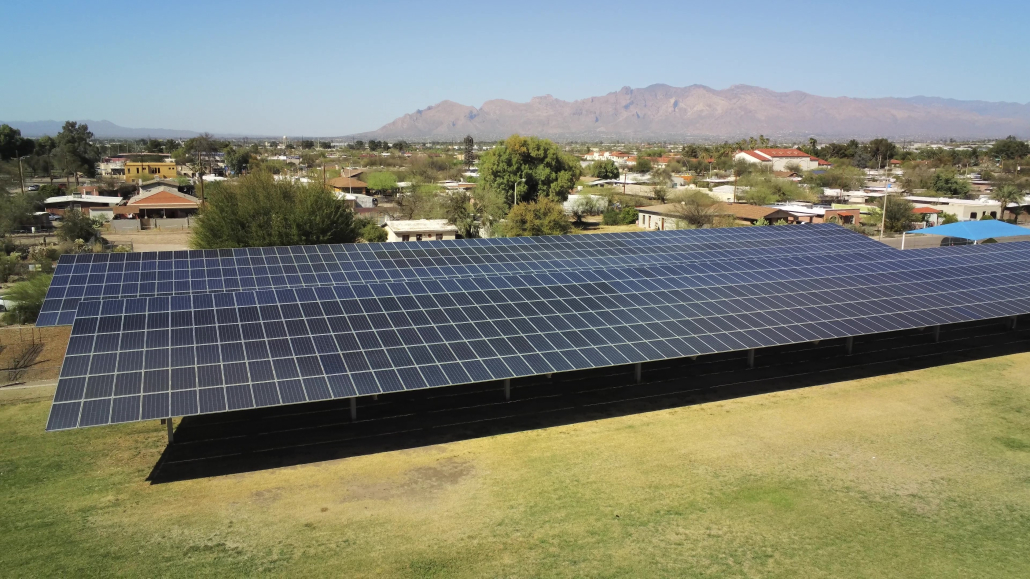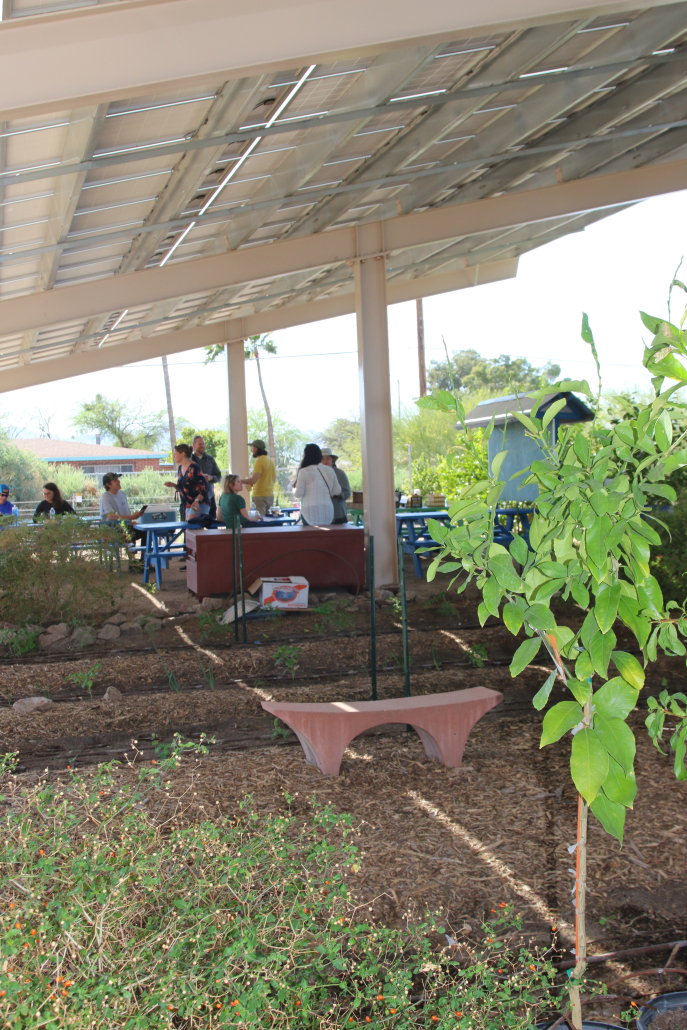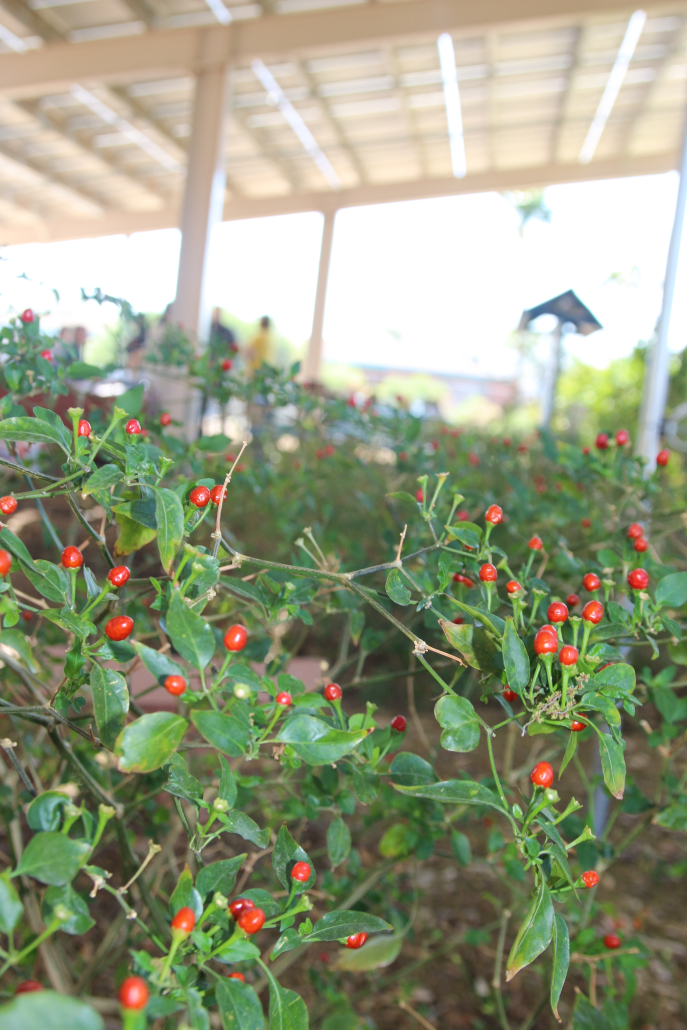Research Shows Crops Can Boost Photovoltaic Panel Performance and Longevity
“We now have, for the first time, a physics-based tool to estimate the costs and benefits of co-locating solar panels and commercial agriculture from the perspective of increased power conversion efficiency and solar-panel longevity,” said lead author Henry Williams, a doctoral student at Cornell.
“‘There is potential for agrivoltaic systems – where agriculture and solar panels coexist – to provide increased passive cooling through taller panel heights, more reflective ground cover and higher evapotranspiration rates compared to traditional solar farms,’ said senior author Max Zhang, professor in the Sibley School of Mechanical and Aerospace Engineering, ‘We can generate renewable electricity and conserve farmland through agrivoltaic systems.’” – News Wise
The study can be found here.
170 MW of Agrivoltaics to be Developed in Italy
“Enel Green Power has started building a 170 MW agrivoltaics plant in Viterbo, Italy. The Rome-based company claims it will be Italy’s largest agrivoltaics installation upon completion. The plant will feature bifacial PV modules mounted on trackers, both from undisclosed manufacturers.
Enel is using a ‘solar-first’ approach to solar and agriculture, with electricity generation remaining the main goal. Its approach is designed to retrofit large-scale solar plants to allow crops to grow between the trackers and the panels. Agriculture is integrated into existing solar farms, rather than the other way around, as is often the case in agrivoltaics projects.” – PV Magazine
Oregon Research Shows Agrisolar Benefits Crops and Livestock
“Putting solar panels on farmland, known as agrivoltaics, has been a bit of a political hot-potato in some parts of Europe and the U.S. For environmental engineer Chad Higgins, at Oregon State University, the choice between farmland and energy is a false one. There has to be thoughtful design, he says, but ’our research indicates they can coexist and even create mutual benefits.’
Researchers around the world are exploring growing everything from grapes and raspberries to potatoes and wheat under and between photovoltaic panels. Higgins has shown that sheep will preferentially graze in field areas where shade was offered by solar panels; lambs that foraged under solar panels put on as much weight as those in open fields and in late spring needed less water.” – Reuters




